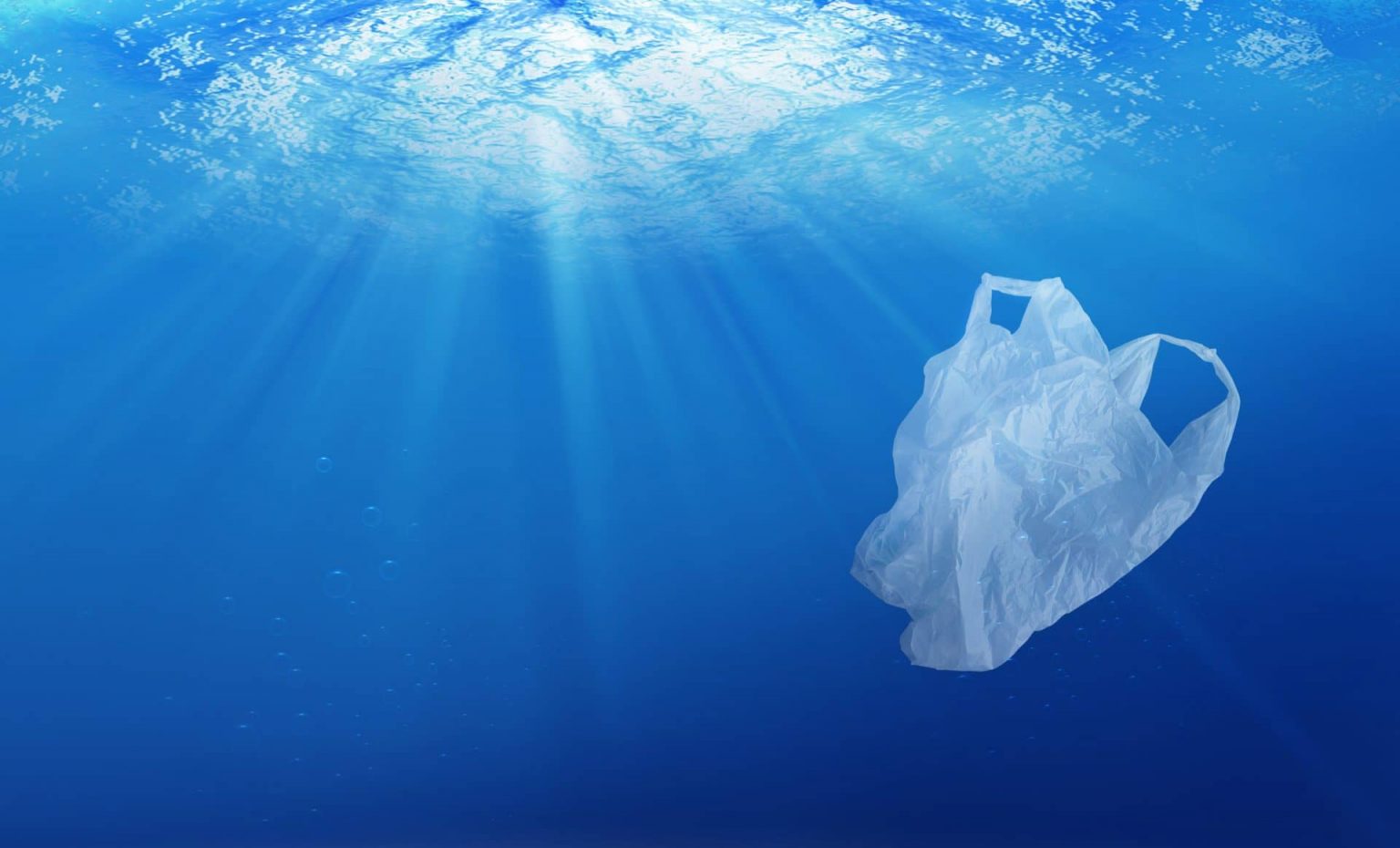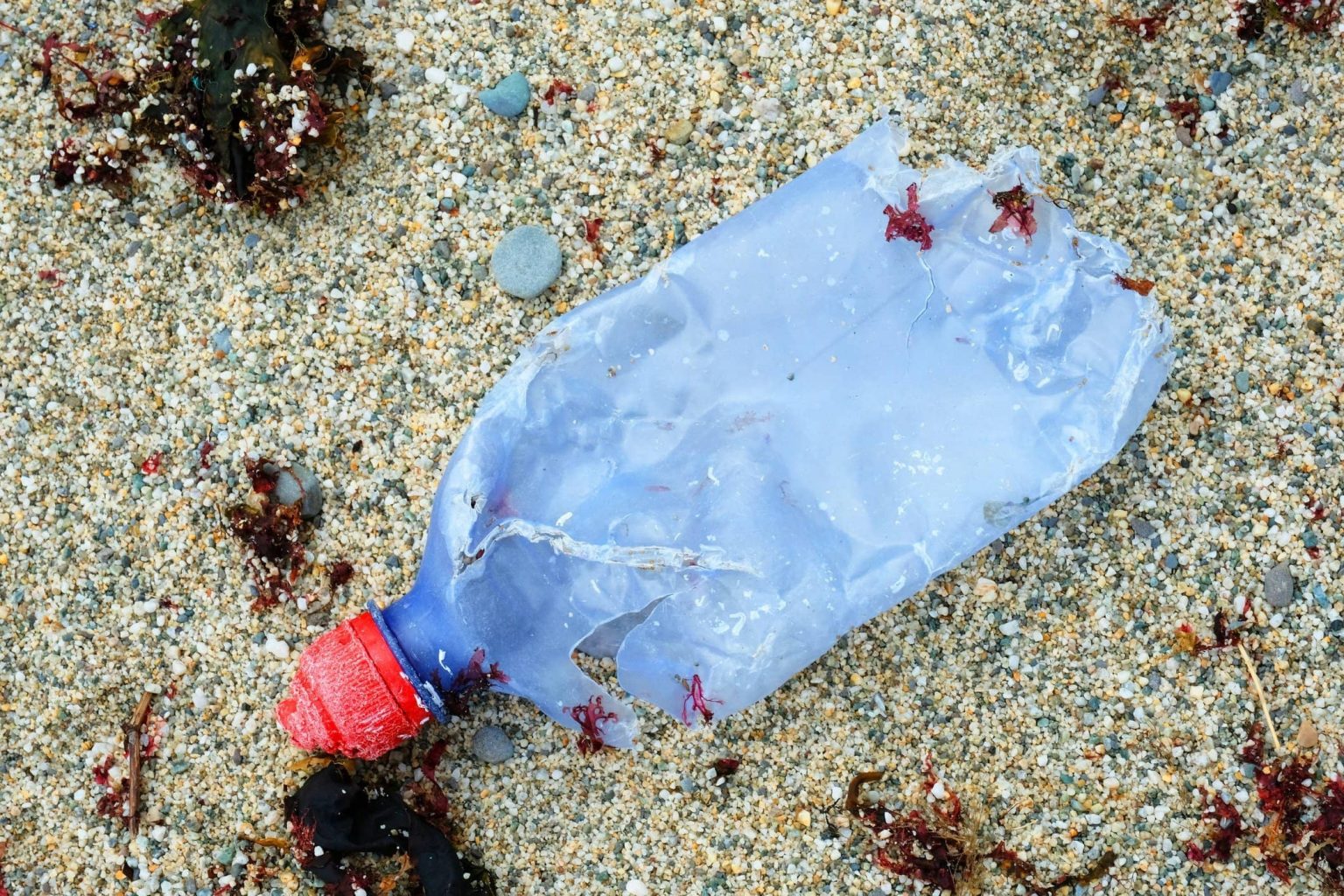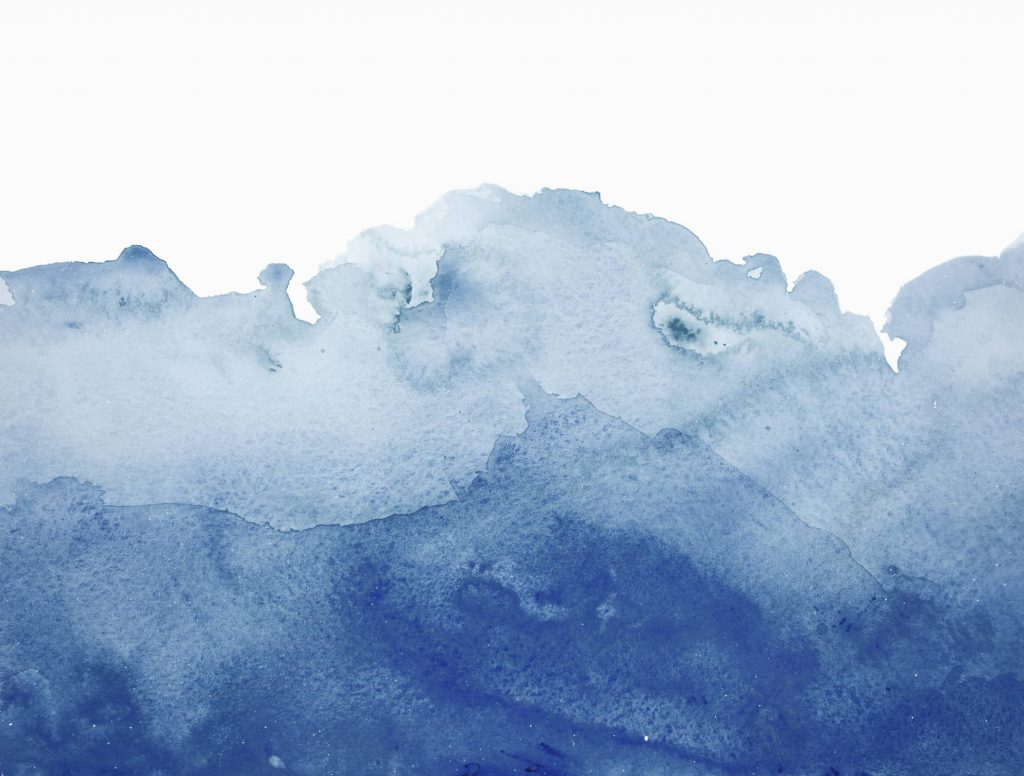
The production of plastic since the 1950s has outpaced nearly every other material we produce; there is currently 9.2 billion tons of plastic to be dealt with. National Geographic states that of the 9.2 billion of plastic we produce, more than 6.9 billion tons have become waste. Of that waste, a staggering 6.3 billion tons never made it to a recycling bin – a figure that stunned the scientists who crunched the numbers in 2017.
The UN backs up this claim, producing a fact-sheet regarding single-use plastics which states that “only a mere 9% of plastic waste ever produced as of 2015 was recycled, whereas 12% was incinerated and 79% ended up in landfills, dumps or in the environment”.

Cigarette butts, plastic beverage bottles, plastic bottle caps, food wrappers, plastic grocery bags, plastic lids, straws and stirrers and foam takeaway containers are just some of the main waste plastics.
So where does all this plastic from? Plastic packaging familiar to us all accounts for about half of the global plastic waste. Asia produces the largest proportion of plastic pollution, while the USA, Japan and the European Union are major contributors. According to the UN, the most common plastics found on beaches are cigarette butts, beverage bottles, bottle caps, food wrappers, grocery bags, lids, straws, stirrers and foam take-away containers. All of which are single use and are damaging our oceans, rivers and seas.
Governments across the world are introducing successful initiatives to try and tackle single-use plastics. In October 2015, England introduced the plastic bag fee, whereby large supermarkets and large stores charge a minimum of 5p for every single-use plastic carrier bag they hand out. This is due to increase to 10p per carrier bag by January 2020 to enforce the message and encourage customers to think about alternatives to traditional plastic carrier bags. This approach appears to be working, the number of single-use plastic bags sold by large retailers has dropped by 83% since the carrier bag charge was introduced. According to Defra’s data, large retailers in England sold 2.1 billion single-use plastic carrier bags during the year from April 2016 to April 2017, whereas they sold 1.1 billion single-use carrier bags during the first 6 months in 2015 to 2016.
Despite this, single-use plastic bags are still a common feature of the 21st-century landscape. So much so, that various countries have their own nicknames for them. In South Africa, for example, there are so many plastic bags littering the environment that many joke that plastic bags are “the new national flower”
It can take thousands of years for plastic bags and Styrofoam containers to decompose; while contaminating soil, water, and posing significant ingestion, choking and entanglement hazards to wildlife on land and at sea. This issue becomes even worse when you consider Styrofoam items also contain toxic chemicals such as styrene and benzene. When wildlife eats small particles of Styrofoam, there is the potential for this to then enter the human food chain, potentially leading to health issues including, adverse effects on the nervous, respiratory and reproductive systems.
However, there is no ‘potential’ about the direct and deadly effect plastic pollution has on our wildlife. Researchers are telling us that thousands of seabirds and sea turtles, seals and other marine mammals are being killed each year as a result. The Center for Biological Diversity has published a break down on its website of the effect plastic pollution is having on our wildlife. They mention, ‘fish in the North Pacific ingest 12,000 to 24,000 tons of plastic each year’. A recent study found that a quarter of fish at markets in California contained plastic in their guts, mostly in the form of plastic microfibers. Sea turtles can mistake floating plastic as food which leads them to either choke, sustain internal injury or die. While hundreds of thousands of seabirds ingest plastic every year. Plastic ingestion reduces the storage volume of the stomach, causing starvation. Dead seabirds are often found with a stomach full of plastic, reflecting how the amount of plastic pollution in our oceans has rapidly increased in the last 40 year’s.
“In South Africa, there are so many plastic bags littering the environment that many joke plastic bags are the new national flower”
This is a horrifying statistic and plastic in our oceans is estimated to kill millions of marine animals every year. By 2050 the weight of ocean plastic is likely to outweigh that of fish; an almost unbelievable and hugely worrying figure. ‘Surfers against sewage’ states on its website that recent studies have revealed plastic pollution in 100% of examined marine turtles, 59% of whales, 36% of seals and 40% of seabird species. It also states that 100,000 marine mammals and turtles and 1 million seabirds are killed by plastic pollution each year. Does that not want you to put down that plastic bottle? It’s an understatement to say that plastic pollution is having a considerable effect on our wildlife; it is far greater than that. We are killing something beautiful in a world that we should be caring about and looking after. We really need to start making changes – even if they are only small and find a way to reduce plastic pollution before it’s too late – even if they are only small changes and find a way to reduce plastic pollution before it’s too late.
Here at Attollo, we believe in making a change! We have already removed plastic bottles from our company and have handed out over 700 aluminium bottles to local businesses within the offshore energy industry. We want to make our own ‘footprint in the sand’ and make a difference. If everyone had this outlook, we could make a big change.
Let’s see if we can start making a difference in this plastic world!
For more information, contact:
Share this insight

